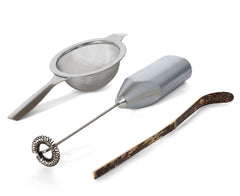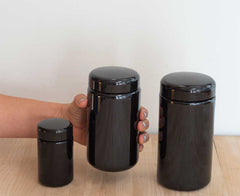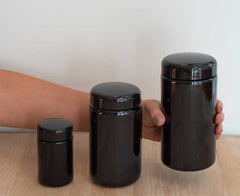High performance liquid chromatography tandem mass spectrometry dual extraction method for identification of green tea catechin metabolites excreted in human urine
Author: Kayleigh A. Clarke and Tristan P. Dew and Rachel E.B. Watson and Mark D. Farrar and Susan Bennett and Anna Nicolaou and Lesley E. Rhodes and Gary Williamson
The simultaneous analysis of free-form and conjugated flavonoids in the same sample is difficult but necessary to properly estimate their bioavailability. A method was developed to optimise the extraction of both free and conjugated forms of catechins and metabolites in a biological sample following the consumption of green tea. A double-blind randomised controlled trial was performed in which 26 volunteers consumed daily green tea and vitamin C supplements and 24 consumed a placebo for 3 months. Urine was collected for 24 h at 4 separate time points (pre- and post-consumption) to confirm compliance to the supplementation and to distinguish between placebo and supplementation consumption. The urine was assessed for both free and conjugated metabolites of green tea using LC–MS2 analysis, after a combination extraction method, which involved an ethyl acetate extraction followed by an acetonitrile protein precipitation. The combination method resulted in a good recovery of EC-O-sulphate (91 ± 7%), EGC-O-glucuronide (94 ± 6%), EC (95 ± 6%), EGC (111 ± 5%) and ethyl gallate (74 ± 3%). A potential total of 55 catechin metabolites were investigated, and of these, 26 conjugated (with methyl, glucuronide or sulphate groups) and 3 free-form (unconjugated) compounds were identified in urine following green tea consumption. The majority of EC and EGC conjugates significantly increased post-consumption of green tea in comparison to baseline (pre-supplementation) samples. The conjugated metabolites associated with the highest peak areas were O-methyl-EC-O-sulphate and the valerolactones M6/M6′-O-sulphate. In line with previous studies, EC and EGC were only identified as conjugated derivatives, and EGCG and ECG were not found as mono-conjugated or free-forms. In summary, the method reported here provides a good recovery of catechin compounds and is appropriate for use in the assessment of flavonoid bioavailability, particularly for biological tissues that may contain endogenous deconjugating enzymes.



